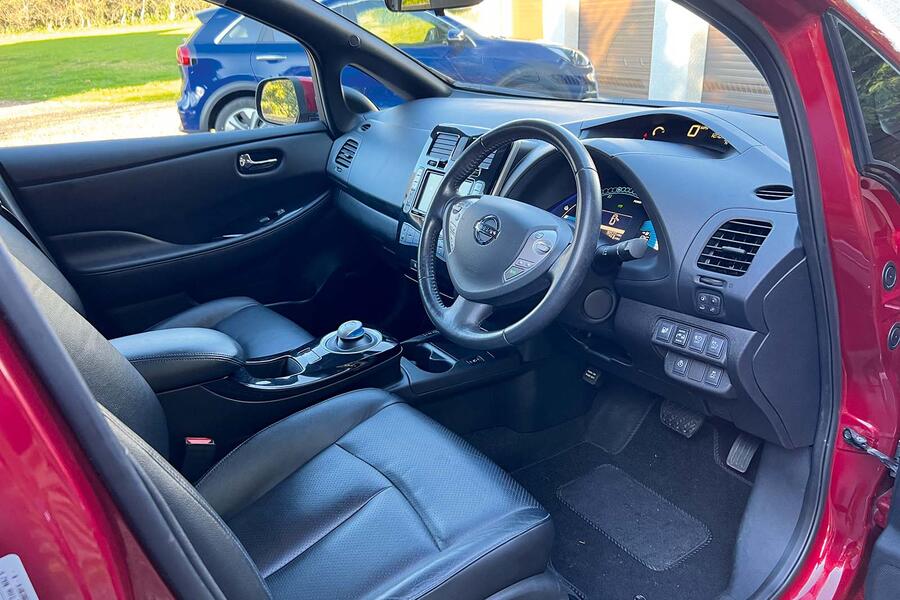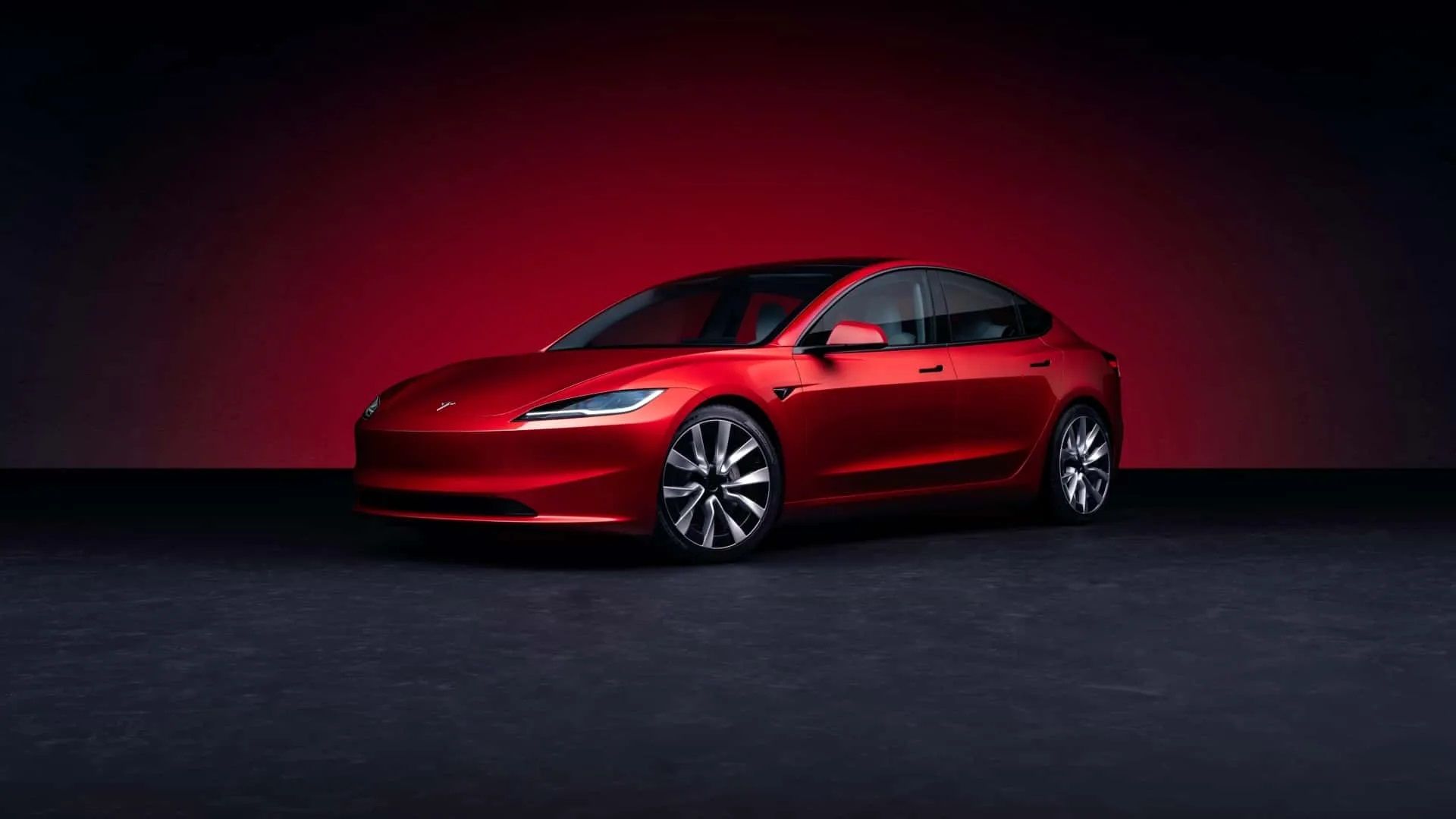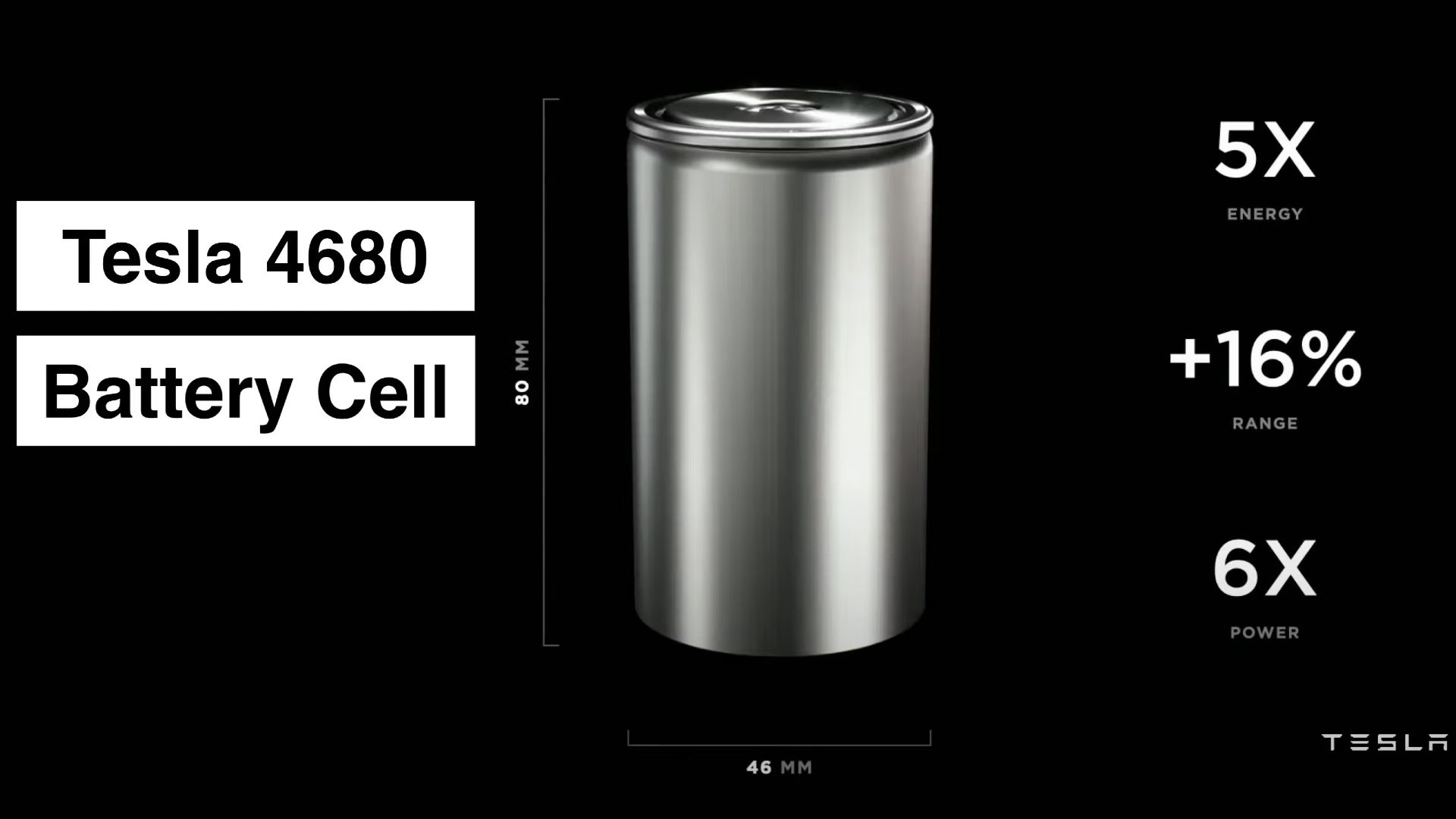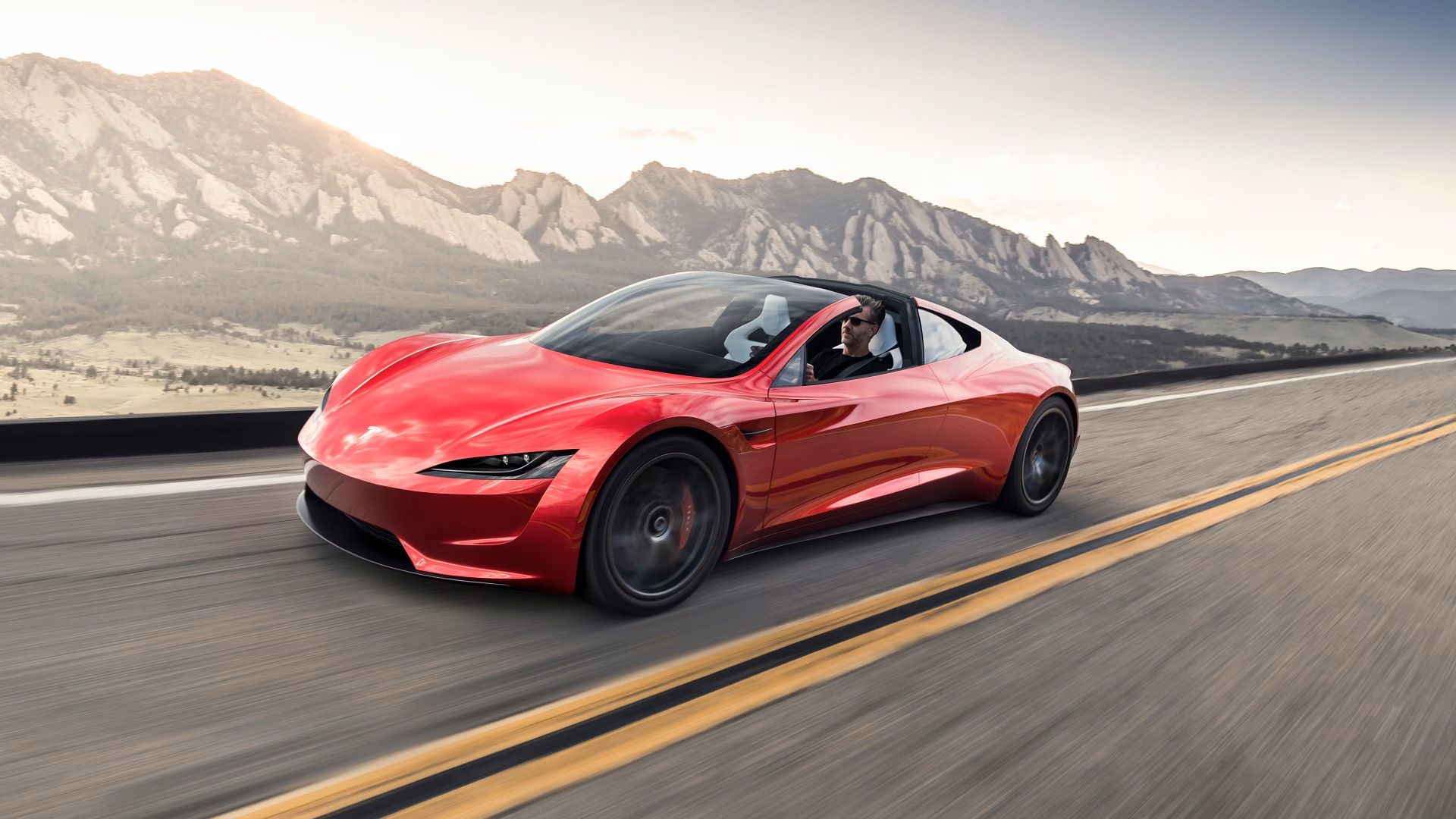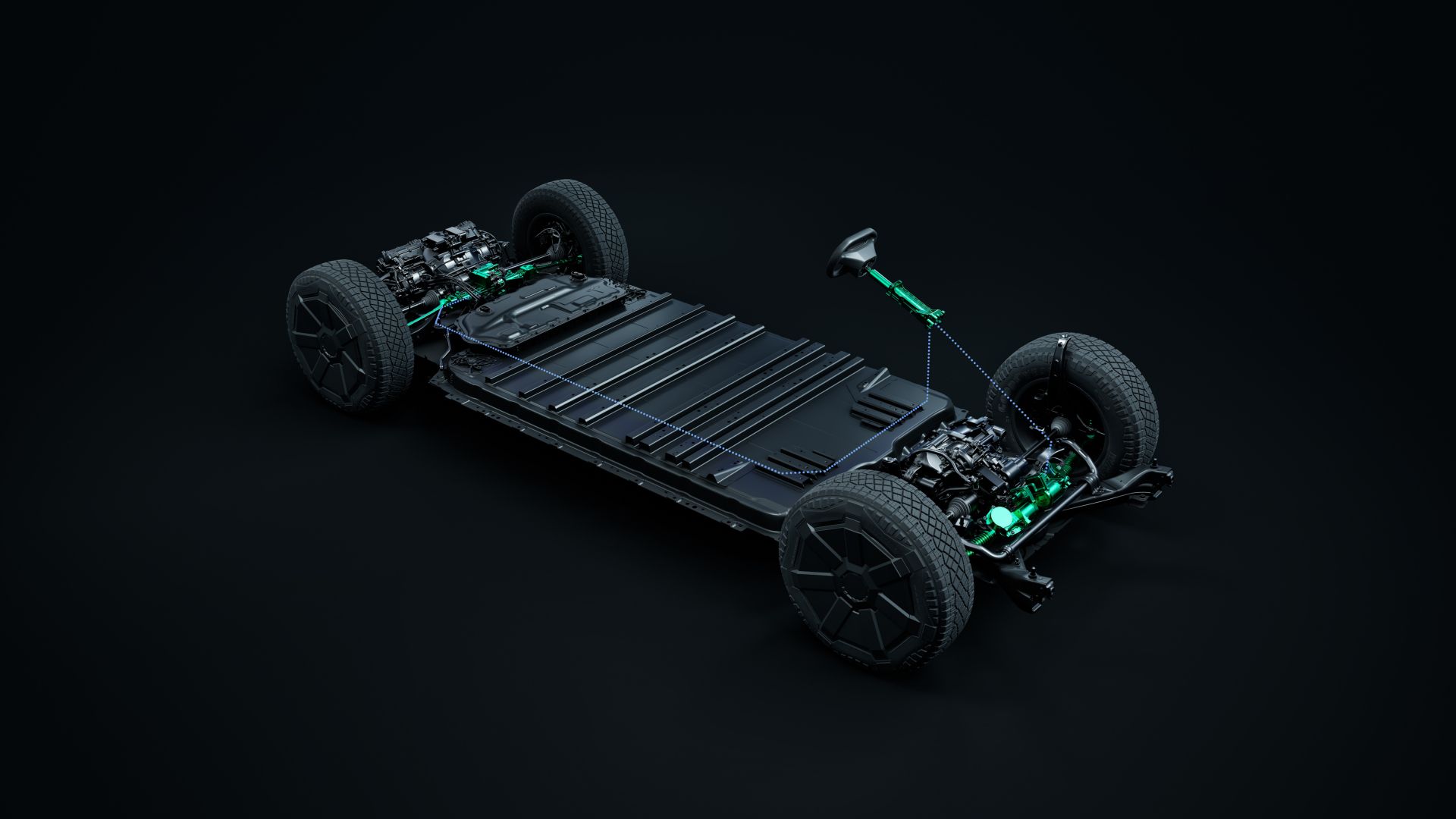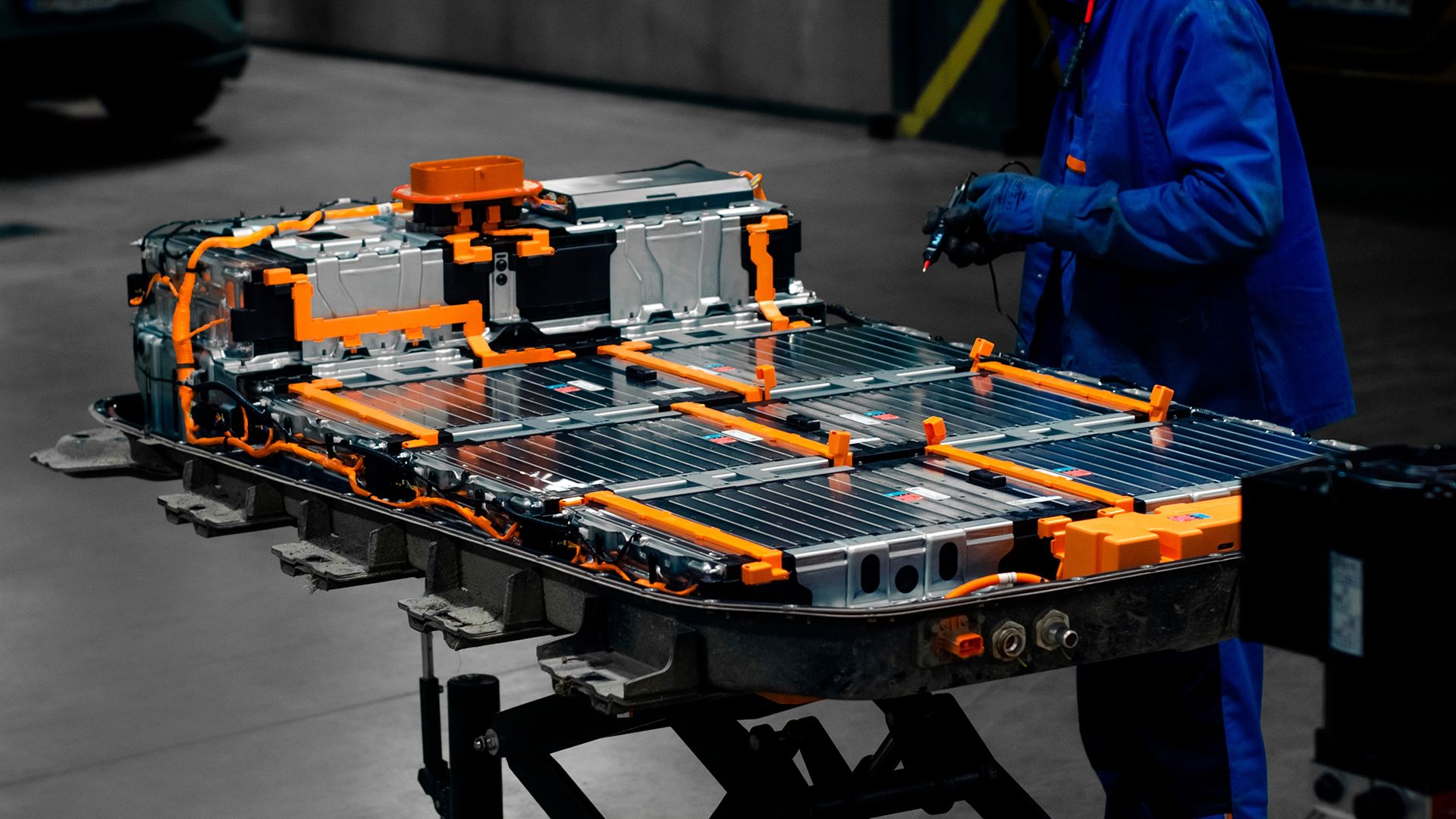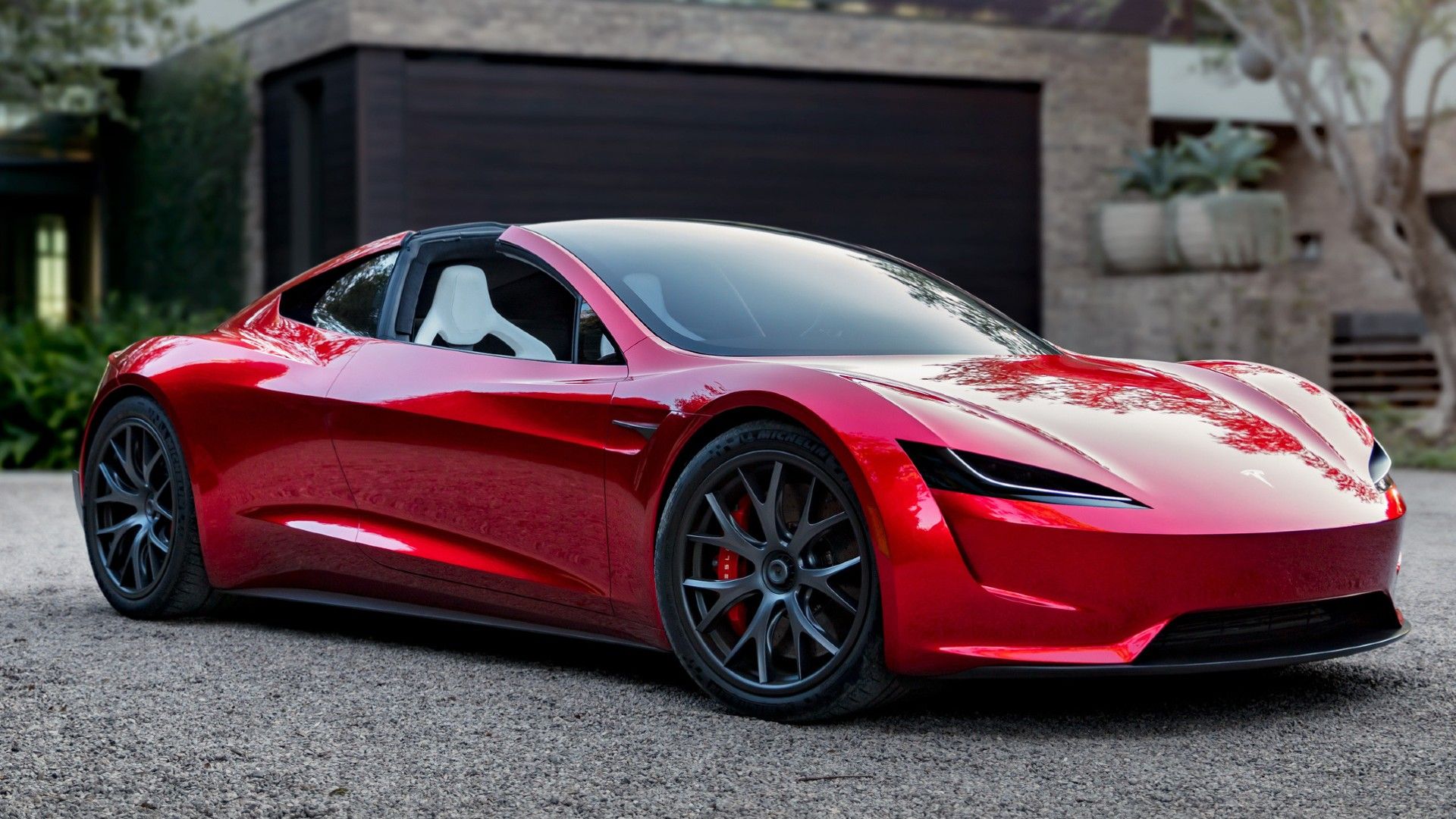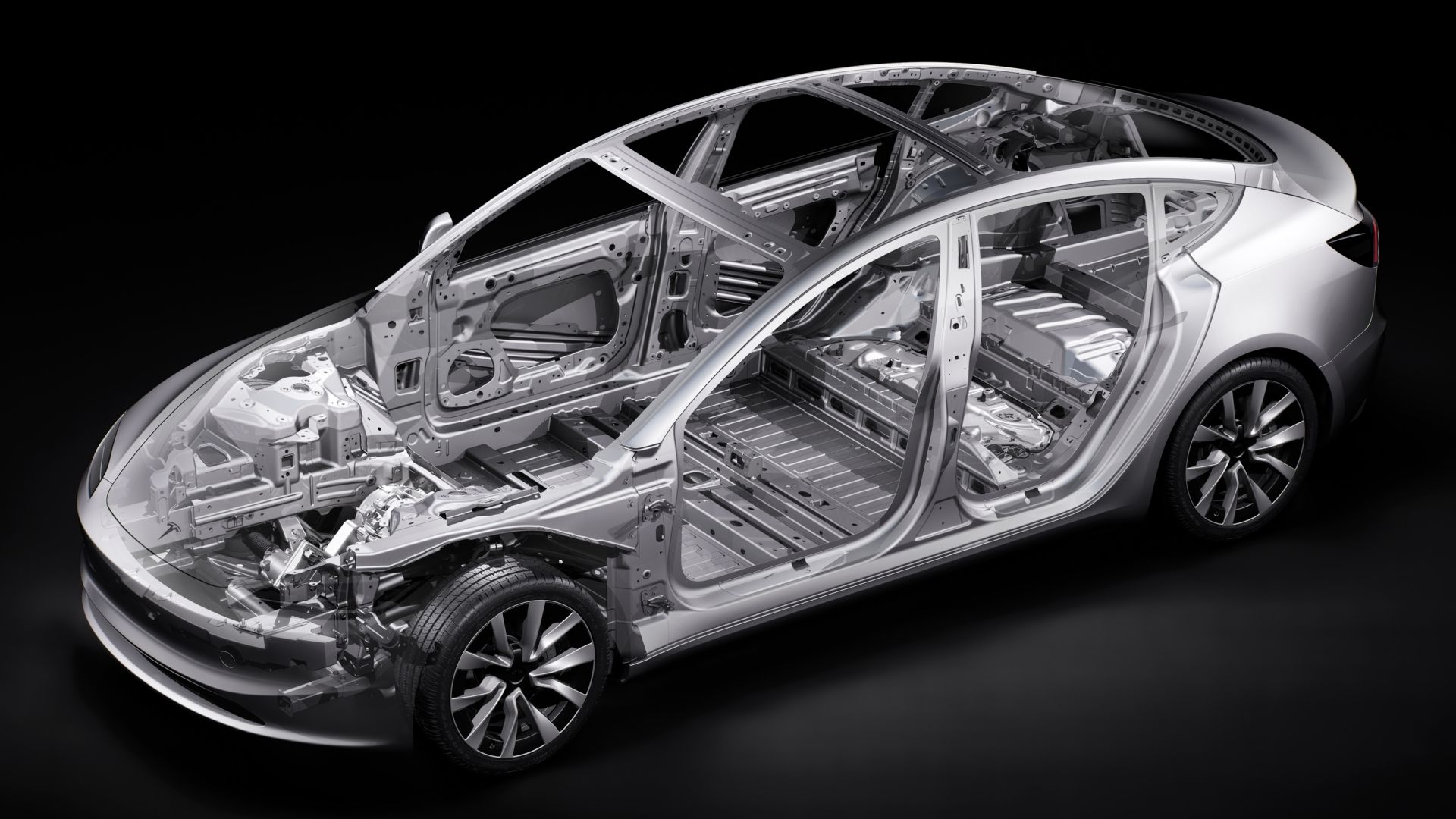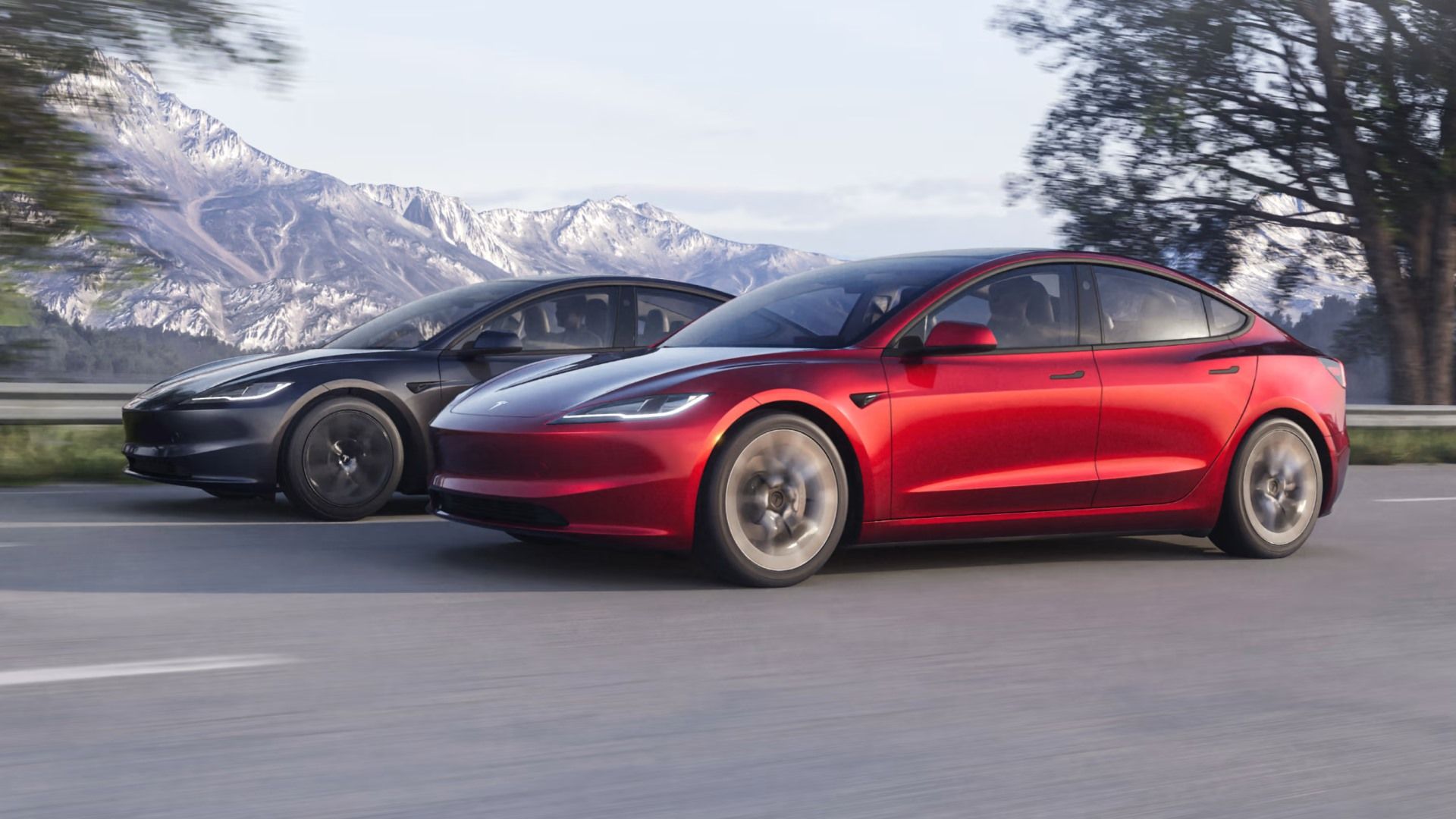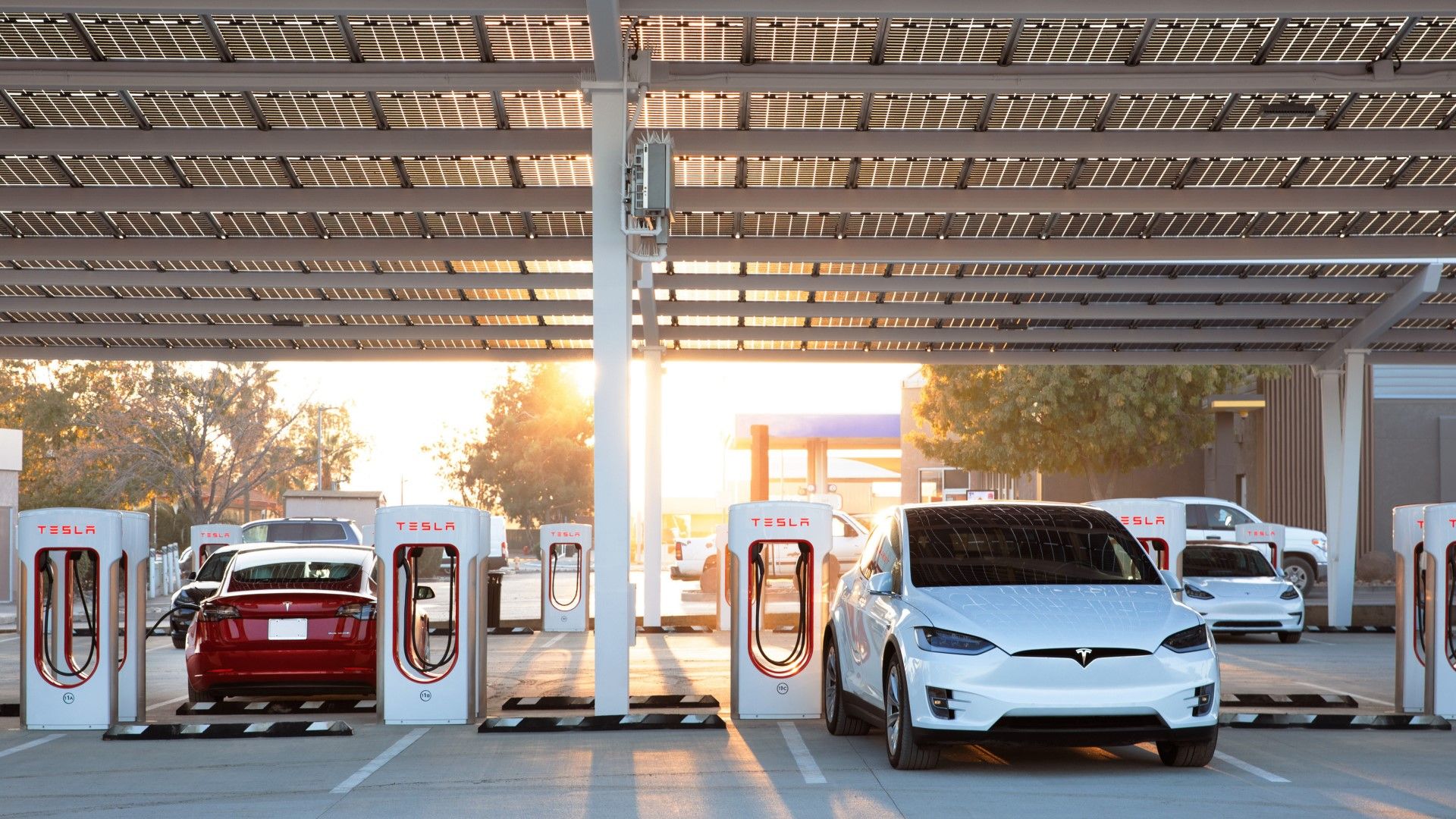This year, CALTY Design Research celebrates its 50th year of rich vehicle design history. Since its first designers set up shop in California, Calty has become a premier center of design creativity and innovation for Toyota and Lexus.
Following the success of the Corolla sedan — Toyota’s first major model in the United States — executives decided to open a design studio in the U.S. Instead of heading to Michigan, where most of the country’s automotive scene was happening, Toyota choose El Segundo, becoming the first original equipment manufacturer to put down roots in Southern California.
Committed to its locale, the mobility company dubbed the studio “Calty,” which stood for CALifornia, Toyota and Ya-chioda Sangyo, an industrial machine trading company that had a 20% stake in the studio at the time (its involvement ended in 1999).
Over the five decades, Calty has grown and evolved, completing major breakthroughs for the company, and having a significant impact on automotive design. Here are just some of Calty’s major milestones:
![]()
1970s – First to California
In 1973, CALTY Design Research officially opened its doors—albeit in an abandoned coffee shop while the intended warehouse facility was under construction. The studio started with a staff of 10 and eventually grew to 25.
“Calty took advantage of all that California had to offer by crafting a studio ethos around creativity and innovation, which continues to define our culture to this day,” says Calty president Kevin Hunter. “Being a long way from Toyota’s global headquarters in Japan has allowed Calty to develop its own unique identity and methods while optimizing the technical resources of a major automaker.”
For the first five years, Calty designers primarily worked in the background, researching future market trends. Then, in 1978, Calty debuted its first production-model design: the second-generation Toyota Celica. The new Celica was Japan’s take on a sophisticated muscle car intended to usher the sporty car genre into a new generation. Innovative for its time, the new Celica would go on to win the prestigious Motor Trend Import Car of the Year award in 1978.
![]()
In 1979, Calty introduced its next project, the CX-80. Debuted at the 1979 Tokyo Motor Show, the CX-80 offered a radical vision of what a compact city car of the future might look like; it was specifically designed to respond to contemporary changes in the way people view automobiles.
![]()
1980s – Experimentation and Innovation
The new decade brought with it a fresh new era for Calty. Operating now from an experimental creative studio, designers began to explore innovative design language and creative design techniques with a focus on research and development (R&D), experimental and concept vehicle projects.
In the mid-1980s, Calty opened a satellite studio in Laguna Beach, CA, to focus on fundamental roots of traditional art and implemented those techniques into its daily work. The studio inspired creative processes that were atypical to the automotive design space, such as the proposal for the fifth-generation Celica, where the design team experimented with creating small-scale ceramic-clay 3D models.
![]()
1990s – Expanding and Evolving
In the 90s, Toyota looked to Calty to contribute more to the designs of production vehicles, especially those slated for the North American market. The expansion and renovation of the California site began in 1991, and the facility increased in both size and workforce, further establishing Toyota’s investment into North American design and Calty’s role in the process.
In 1997, Calty was included in a global competition to design a future concept car — a project that turned out to be for the first mass-produced gasoline-electric hybrid car in history. Calty won for its innovative proposal, which utilized photographs of the model in real-world settings, not just as sketches and renderings. The design ultimately became the Toyota Prius and won Japan’s Car of the Year award.
In 1998, Calty celebrated its 25th anniversary at the Newport Beach Studio, with Toyota Motor Corporation (TMC) Chairman Eiji Toyoda and former TMC President Shoichiro Toyoda in attendance.
![]()
2000s – More Localization and Autonomy
When the Ann Arbor location was unveiled in 2004, North American production design became more localized. The first production car to come out of Ann Arbor was the 2007 second-generation Tundra, an all-new, true full-size pickup truck.
While the 2000s at Calty saw a return to more experimental designs and concepts, this time there was greater intention of taking the ideas through to production. The iconic 2003 FJ Cruiser Concept, for example, came out of a design request for a rugged off-road concept and became a production car by 2006.
Furthering the design studio’s evolution of this decade, Calty engineers entered into a whole new sector in the world of automotive. By 2007, Toyota had joined NASCAR, and Calty worked closely with Toyota Racing Development (TRD) to transform the Camry into a racing design.
![]()
2010s – A New Era of Excitement
Calty played a significant contribution toward reinvigorating the Lexus brand identity in the 2010s with the 2012 Lexus LF-LC Concept, which ultimately became the Lexus LC 500. Then, 2014 brought the rebirth of the iconic sports car, the Supra, through the FT-1 Concept.
While proposing the FT-1 to then-TMC President Akio Toyoda, designers worked with video game company Polyphony® to place the concept into the Gran Turismo game, which Toyoda had the chance to play. He gave the green light, and the vehicle became the 2020 Supra.
By 2017, Calty became focused on technology like artificial intelligence and future mobility. The design of the 2017 Concept-i was unveiled, following the idea of “kinetic warmth,” which is a belief that mobility technology should be warm and welcoming.
![]()
2020s – Looking Ahead
In 2021, Akio Toyoda unveiled a fleet of future BEV concepts to the public, including the Calty-designed Lexus Electrified Sport.
Thus far, the 2020s have unveiled a new era for the majority of the “four brothers” — Toyota’s most iconic trucks — including the third-generation Sequoia, third-generation Tundra and the iconic design of the fourth-generation Tacoma, inspired by Toyota’s legendary Baja race trucks.
Calty is also a part of the global design team that worked on the all-new 2024 Land Cruiser, arguably one of the most iconic vehicles ever produced by Toyota.
Celebrating its 50th anniversary, Calty designers are already looking ahead, forecasting what vehicle trends will stand out in the coming years. One example is the Baby Lunar Cruiser (BLC), the never-before-seen high-tech off-road, adventure machine concept. With a striking combination of a go anywhere recreational spirit and an extreme augmented reality experience that helps provide a fun journey, the BLC is designed to be the SUV of the future.
For over five decades, the Calty design studio has evolved into the gold standard for creativity and advanced design in the United States. Calty has had a significant impact on global automotive trends and the team looks forward to another 50 years of developing innovative design solutions for the Toyota and Lexus brands.
